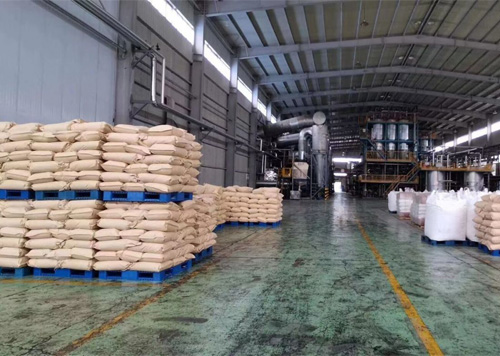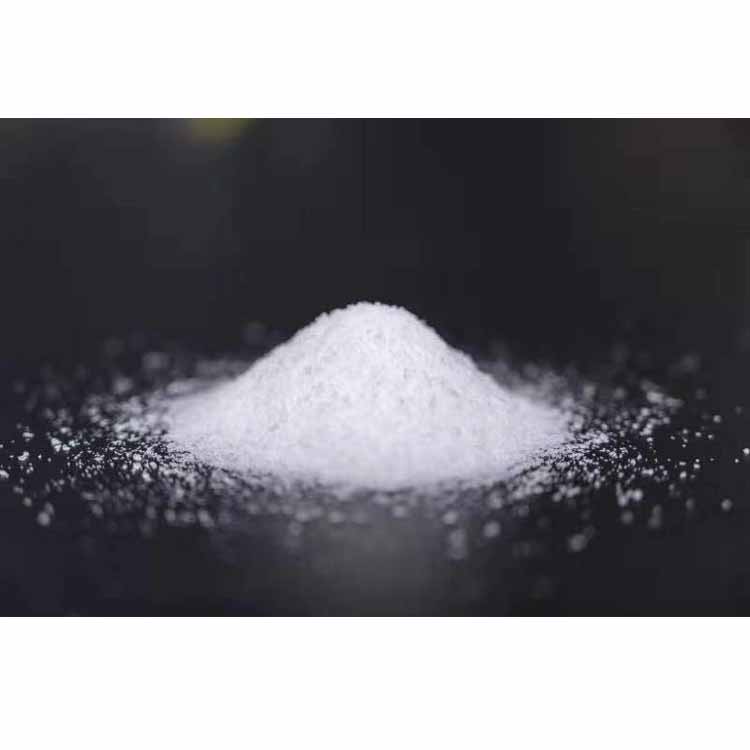The reason why Polyacrylamide PAM is used to plug the press cloth in sludge dewatering

Sludge dewatering is an important part of sewage treatment, as sludge dehydrating agent is irreplaceable by other dehydrating agents. However, when using polyacrylamide PAM sludge to dehydrate, many customers will find that the sludge sticks to the press cloth or blocks the press cloth. There is unclear water quality, water viscosity and other conditions. Through a large number of practice and experimental tests, We provides detailed answers to the reasons for blocking the filter cloth with polyacrylamide PAM for sludge dewatering and the measures to avoid them.
Cationic polyacrylamide PAM has excellent dewatering function and application, and is widely used in sludge dewatering. In the process of sludge treatment, the need to participate in polyacrylamide to regulate the sludge concentration, which can be understood as in the sludge to participate in polyacrylamide, so that the sludge in the sludge flocculation, so as to achieve a good dehydration in the process of pressure filtration. In the process of sludge dewatering, sludge sticky filter cloth or blocking has the following reasons:
1. Wrong type, too high molecular weight
When the molecular weight of cationic polyacrylamide is too high, sludge viscosity will be added after treatment. When pressed through the press cloth, the sludge will block the seepage holes of the press cloth, resulting in incomplete desliming of the press cloth or adhesion of the press cloth. Different sources of sludge and different filter press required different types of polyacrylamide. Advocate reanalysis of test selection.
2. Excessive dosage, not completely dissolved
The amount of polyacrylamide is an accurate result obtained after the experiment. If the dosage is added in order to seek better dehydration effect, not only will the effect not be added, but it will lead to poor dehydration effect. If used too much, the mud will become thick and will have too much gelatinous goo, which will block the press cloth. In addition, the inadequately dissolved polyacrylamide will appear gelatinous, which cannot be completely dissolved after mud, resulting in sticking to the press cloth during press filtration. It is suggested that the dosage shall be subject to the manufacturer's experimental results and shall not be increased or decreased. Preparation of polyacrylamide solution, should first add water to the mixing cylinder, and then start the mixing machine, and then along the mixing vortex formed slowly, evenly, evenly to participate in polyacrylamide. According to the volume of mixing cylinder, after taking part in the experimental dosage, continue mixing for no less than 30 minutes to make it completely dissolved. Mixing drums need to be cleaned regularly. Clean the undissolved medicine lump at the bottom in time.
3. Flushing water pressure is too low
As the main method of cleaning press cloth, cleaning water pressure is very important. If the pressure is too low, the remaining sludge on the press cloth will not be cleaned and the permeability will decrease. The sludge stuck to the press cloth and could not be cleaned. At the same time, it will also reduce the solid content of sludge cake, forming a severe blockage of the filter cloth for a long time, which can not ensure the normal operation of sludge dewatering. It is advocated to check the running status of sludge dewatering equipment regularly and deal with problems in time.

